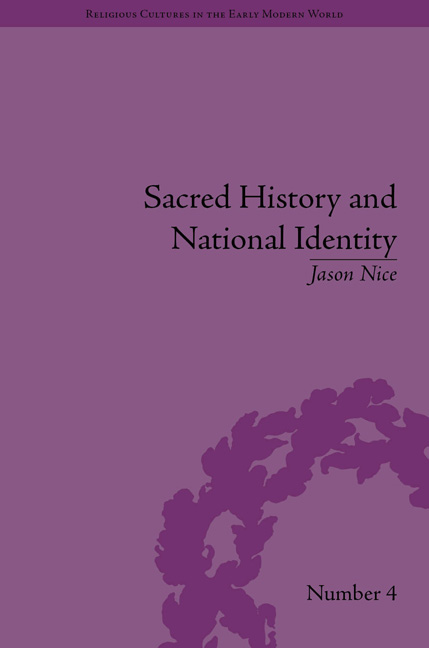Epilogue
Summary
—But do you know what a nation means? says John Wyse.
—Yes, says Bloom.
—What is it? says John Wyse.
—A nation? says Bloom. A nation is the same people living in the same place.
—By God, then, says Ned, laughing, if that's so I'm a nation for I'm living in the same place for the past five years.
So of course everyone had a laugh at Bloom and says he, trying to muck out of it: —Or also living in different places.
James Joyce, Ulysses (1922)Like Bloom, I have sought to make sense of the different ways that nations are represented geographically and historically. In this respect, the battles between the English and Welsh students in the English College of Rome help to conclude this book by demonstrating how cartography reinforced the literary representations of national identity considered in previous chapters. During the immediate years after the expulsion of the Welsh in 1579, the English contingent in Rome represented the specifically English identity of the college through a series of new paintings in the college church. Durante Alberti's high altarpiece of the English College of Rome (1580–5), commissioned and painted shortly after the expulsion of the Welsh in 1579, was designed to reassert the English (i.e. non-Welsh) identity of the college. Within a few short years the altarpiece became a lieu de mémoire for the English students, as they gathered before it to sing a Te Deum whenever news came from England that a former student had been martyred. The painting celebrated England's past, present and future martyrs, and thus affirmed the ‘English’ missionary objectives of the college, which the Welsh administration of Owen Lewis and Morys Clynnog had previously opposed. All in all, the painting fused sacred history and cartography in order to define the national identity of the college.
Scholars have long recognized the significance of maps in constructions of national identity.
- Type
- Chapter
- Information
- Sacred History and National IdentityComparisons Between Early Modern Wales and Brittany, pp. 153 - 158Publisher: Pickering & ChattoFirst published in: 2014

